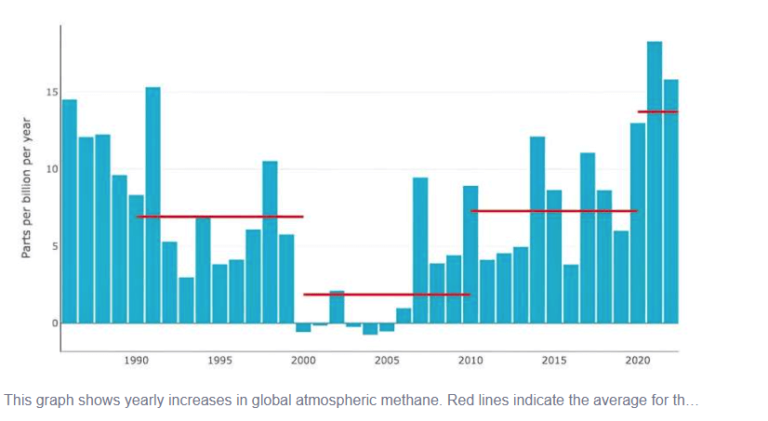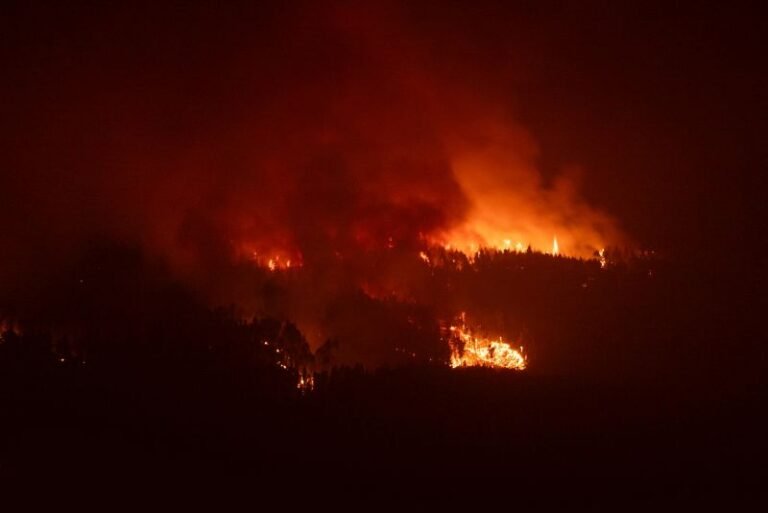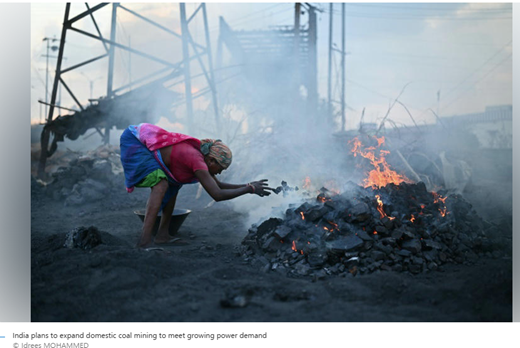How and where the Gulf Stream starts? And why it is Important!
– Crucial for us to understand as worries about its strength gather pace –
What does the Gulf Stream do for you anyway?
Anything that advances our understanding of the Gulf Stream (which is the warm Northern Atlantic current branch of the Atlantic Meridional Overturning Circulation (AMOC) is important especially for Ireland, Great Britain and North West Europe especially with recent reports suggesting much a higher risk of a major slowdown or even collapse.
Such an occurrence would be catastrophic for the region as every Irish school boy and girl knows who learns how the warm current drawn from the Caribbean keeps the country at a much more temperate, comfortable and indeed agriculturally productive compared to its counterpart on the same latitude across the Atlantic on the Canadian east coast off Newfoundland with frigid winters and frozen barren ground. Were the same to happen in the north west of Europe it would cause a social, economic and political crisis with, as an Irish minister of the environment noted likely climate refugees moving from the country in search of succour.
How it formed – new research
As the above recent article in Nature Communications explains, a key element of this current system is the heat discharge that occurs as the warm, salty water drawn north from the Caribbean cools, becomes more dense in the North West Atlantic and sinks to great depths to return as a deep ocean south-bound cold current, thus maintaining the current cycle and conveyor belt of heat transport.
In an important finding, the article identifies the mixing of the warmer inbound Atlantic waters from the Caribbean and the colder, fresher Arctic waters is a key feature of the physical process that keeps the AMOC and its subsidiary branch of the Gulf Stream in operation. However, as the article outlines, as waters in the North Atlantic warm in climate warming conditions and as ice in the Arctic melts and dilutes the warm salty waters coming from the tropics, both the temperature and density difference betwen the two bodies of water reduces and with it the the sinking (mixing) which is key to the operation of the AMOC and Gulf Stream branch of the current system as it presently functions.
Quoting from the article:
These simulated slowdowns are associated with a combination of surface warming and freshening that reduce surface density42, increasing upper ocean stratification. We have emphasised here the importance of mixing between Atlantic and Arctic waters, as a substantial component of water mass transformation, necessary to sustain the lower limb and to achieve the density and depth of the return flow. By inhibiting mixing through raised potential energy demand, stronger stratification will reduce the amount of turbulent kinetic energy available for this mixing. Reduced sub-surface mixing of Atlantic waters is thus potentially the key to overall AMOC slowdown, further reducing the depth to which surface overturned Atlantic waters are returned southward.
What does this mean for us?
Understanding the mechanisms that maintain as well as weaken the Gulf Stream are therefore critical to our estimations of the risks involved and this study helps to delve into that dynamic as well as providing a focus for further research, but also critically providing key locations to monitor in terms of changes to the current overturning. The article clearly identifies the locations where the critical mixing, sinking, ‘overturning’ happens.
But because the drivers of the current system slowdown appear to be warming seas and the freshening of waters caused by the influx of melt water from thawing ice-sheets and arctic sea ice; these are not easily reversible processes. Would ending fossil fuel burning in the short term (regardless of how likely or unlikely that is) or even cooling the planted by several points of a degree by deploying solar radiation management interventions impact these drivers?
It is possible that in the medium timeframe these would reduce the slowing current effect. But what is the medium timeframe; years, decades, centuries or longer? And what happens if emissions are not effectively reduced or cooling is not instigated through other means, then the timeframe of the collapse of the Gulf Stream becomes of utmost importance to the communities of the North West Atlantic regions of Europe, including Ireland. It is not surprising then the greatly increased attention the subject is getting and will continue to be a top topic of interest on Climate Junction! Irish school children of the future would no longer have that comforting lesson in Geography class, which would become yet another casualty of the climate crisis.







